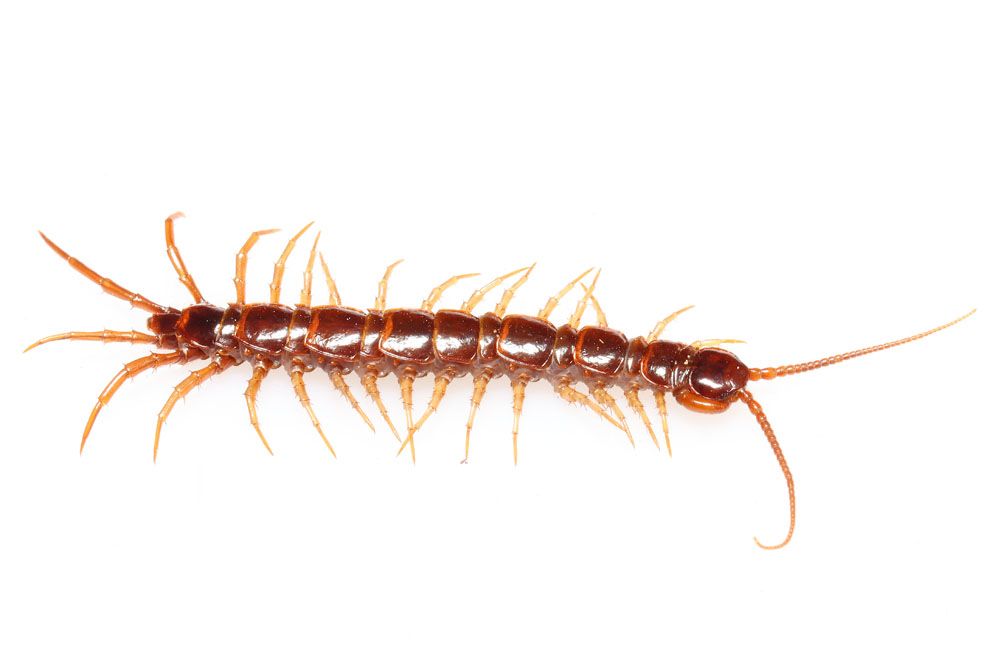
Stone Centipedes – Lithobiomorpha order
Stone Centipedes
Order: Lithobiomorpha
Common Name: Stone centipedes, lithobiomorphs, Stenkrypare
Appearance: Stone centipedes belong to the order Lithobiomorpha and consist of small, flattened, and segmented arthropods. They range in size from 4-40 mm and consist of a pair of legs in each segment except for the hindmost. These insects are venomous with characteristic antennae and a pair of claws at their back. While most species range in color from brown to red, some subterranean species are also found without pigmentation.
Host Plants or Food: Stone centipedes are purely carnivorous insects, with some species being predators and other hunters. They use their sharp claws and teeth to catch their prey, including worms, spiders, and small arthropods.
Territory: Throughout Australia, North America, and Europe
Mode of Damage: They prey on various garden pests, making them beneficial garden insects.
Habits and Life History:
Stone centipedes have an extremely diverse habitat range. However, they are usually found in dark temperate forests, caves, and woodland.
Male centipedes deposit the spermatophore, which the female then picks up. Eggs are usually laid in the warmer summer and spring months.
10 to 50 eggs are laid at a time with variable developmental periods. It may take anywhere from a few months to a year.
The female centipede covers the eggs with a mucosal secretion and then digs them in the soil before leaving them. This ensures their safety till the hatching time.
They produce 25 eggs per year.
